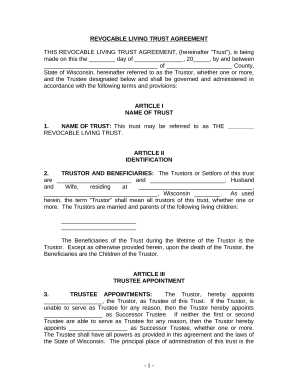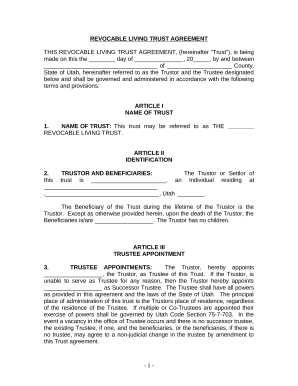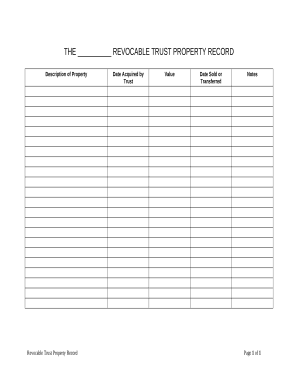








Your workflows always benefit when you can easily find all the forms and files you will need at your fingertips. DocHub gives a a huge library of document templates to alleviate your daily pains. Get a hold of Estate Planning Living Trusts category and quickly find your document.
Start working with Estate Planning Living Trusts in a few clicks:
Enjoy effortless document administration with DocHub. Explore our Estate Planning Living Trusts category and look for your form today!